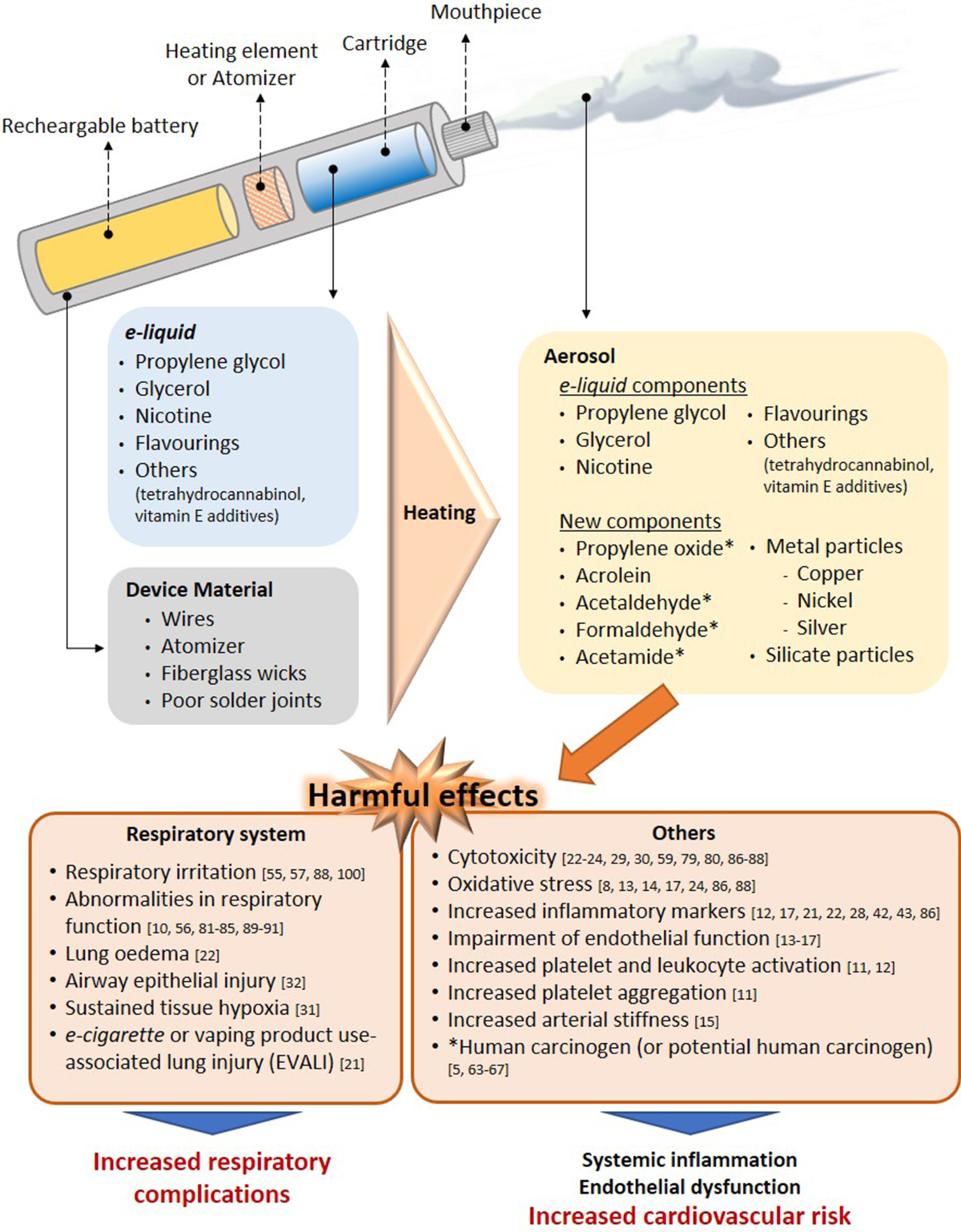Understanding Electronic Cigarettes and Their Users
Electronic cigarettes, commonly known as e-cigarettes or vapes, are battery-operated devices that heat a liquid (e-liquid or vape juice) to produce an aerosol, which is then inhaled by the user. This e-liquid typically contains nicotine, flavorings, and other chemicals.
Primary User Groups
The demographic of e-cigarette users is varied, but certain groups are more prominent:

- Adult Smokers of Conventional Cigarettes: A significant number of users are current adult smokers who turn to e-cigarettes as a potential method to reduce harm from combustible tobacco, or as an aid to quit smoking altogether.
- Former Smokers: Some individuals who have quit traditional smoking use e-cigarettes to manage nicotine cravings or as a longer-term alternative to combustible tobacco.
Concerning User Demographics
Despite often being positioned as tools for adult smokers, e-cigarettes have gained popularity among non-smoking populations, which is a public health concern:
- Youth and Young Adults: There is widespread concern over the uptake of e-cigarettes by adolescents and young adults, including those who have never smoked traditional cigarettes. Contributing factors include aggressive marketing, appealing flavors (e.g., fruit, candy), and a misconception that vaping is harmless. This group is highly susceptible to nicotine addiction and its potential effects on brain development.
Inventor
The invention of the modern electronic cigarette is widely credited to Hon Lik, a Chinese pharmacist. He developed his device in the early 2000s, reportedly motivated by his own desire to quit smoking and his father’s death from lung cancer.
It is crucial to understand that while e-cigarettes may present a less harmful alternative for existing adult smokers if used exclusively as a replacement for combustible cigarettes, they are not risk-free. The long-term health effects are still being studied, and they introduce risks for non-smokers, particularly youth, due to nicotine addiction and exposure to other potentially harmful substances.








